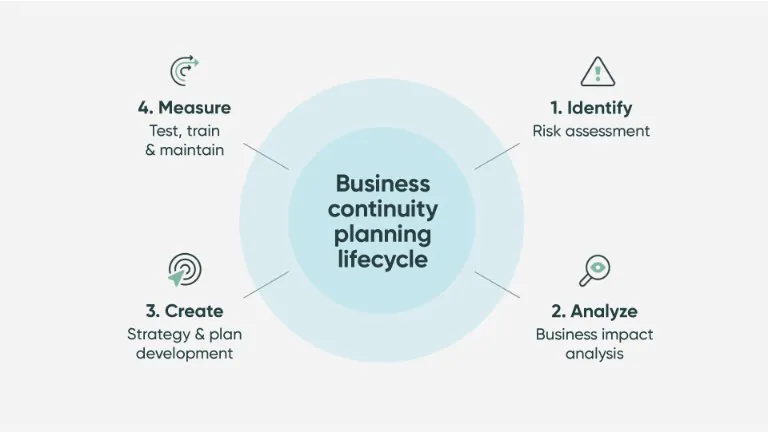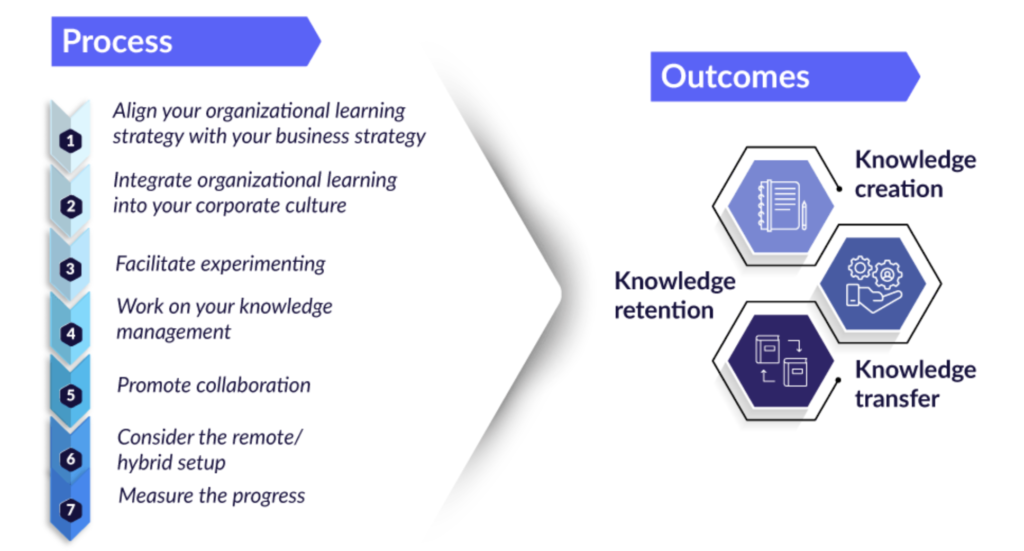



As we plan our enterprise IT programs, Linda added, “I think what we’re going through today really draws to our attention, the need for business continuity.”
Globally speaking, the most recent coronavirus outbreak has had a great impact.
Businesses must make plans for company continuity during these disruptive periods while also ensuring the security of their staff. Many businesses are having difficulty delivering the classroom training sessions that were intended to be part of their new system training programs. Since no one can congregate in one place during these disruptive times, these sessions are no longer feasible. The delivery of training is therefore undoubtedly a major problem, but it is not the only stage of your project lifecycle that requires attention. It’s crucial to consider any potential effects in later stages, such as development and post-go-live support, and plan on handling disruption at all phases.

Here are the four continuity keys that will be essential for your new system adoption initiatives as businesses fight to maintain their processes in these uncertain times.
What do we mean by learning strategy?
What happens if a disruption occurs after you have put your learning approach in place?

“You should concentrate on the key components, is my advice. As a result, I revisit the adult learning model that we have been using for many years and consider what are the most important elements that must be in place to promote the adoption of new technology, continued Linda.
Make sure your development and delivery efforts are supported by solid project management practices. We occasionally undervalue how important having effective project management is. However, having great project management is crucial when you’re trying to generate numerous things at once, especially if you run the risk of losing access to your coworkers unexpectedly, a server going down, etc.
Ensure that everyone is aware of their responsibilities, as well as how, when, and how they should go about fulfilling them. When your teams are dispersed or working remotely, this is helpful.
For your worldwide workforce to communicate successfully and work as a team, you must have a communication plan.
Having a timeline that works for each member is crucial when working with persons from different time zones. Setting a golden hour when team members are accessible from all over the world can be quite beneficial during times of disruption.
The capacity of a technology to automatically support workflow for reviews and development can be useful during disruptive moments in development.
Tools can support a learning journey throughout delivery to ensure that people receive the appropriate information in the proper sequence. Supporting super user delivery is another task for which technologies can be used. So these teaching chances can go to super users if the original plan called for individuals to travel in and out to give classroom sessions. Additionally, the tool has content that they can use in a classroom.
Tools can be used to ensure that content is accessible for performance support. Organizations frequently invest a lot of money creating excellent performance support content, but it ends up inaccessible to users because it is hidden in a SharePoint or Microsoft Teams server. Therefore, it is unlikely that they will actually use the content. Therefore, having tools that integrate assistance into the production system or make it accessible in a context-sensitive way is quite essential.
Tools can be used to make learning content for infrequently performed jobs instantly available for learning while working.
Super users play a crucial role in turbulent times. They can be your ears and eyes on the ground as well as coaches for the users. Superusers can therefore tell you if something isn’t going properly or if people are having problems.
Making ensuring that your superusers understand their jobs, the tools they should utilize, and other important aspects of this is crucial. It’s not simply a matter of ratcheting them up; you also need to pay attention to what they say and make sure you can see and hear what they can. Your continuity plan must include developing a solid super user strategy.
So these were some takeaways from our session with Linda Lamppert on “Technology Adoption in Disruptive Times” to give you a direction for handling your adoption challenges in these uncertain times.
Copyright © 2024 Whatfix. All rights reserved
This website is owned and operated by Whatfix Private Limited (Formerly known as Quicko Technosoft Labs Private Limited)